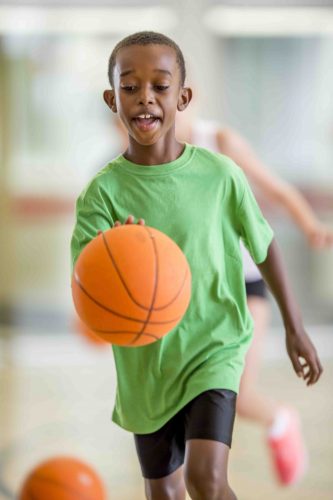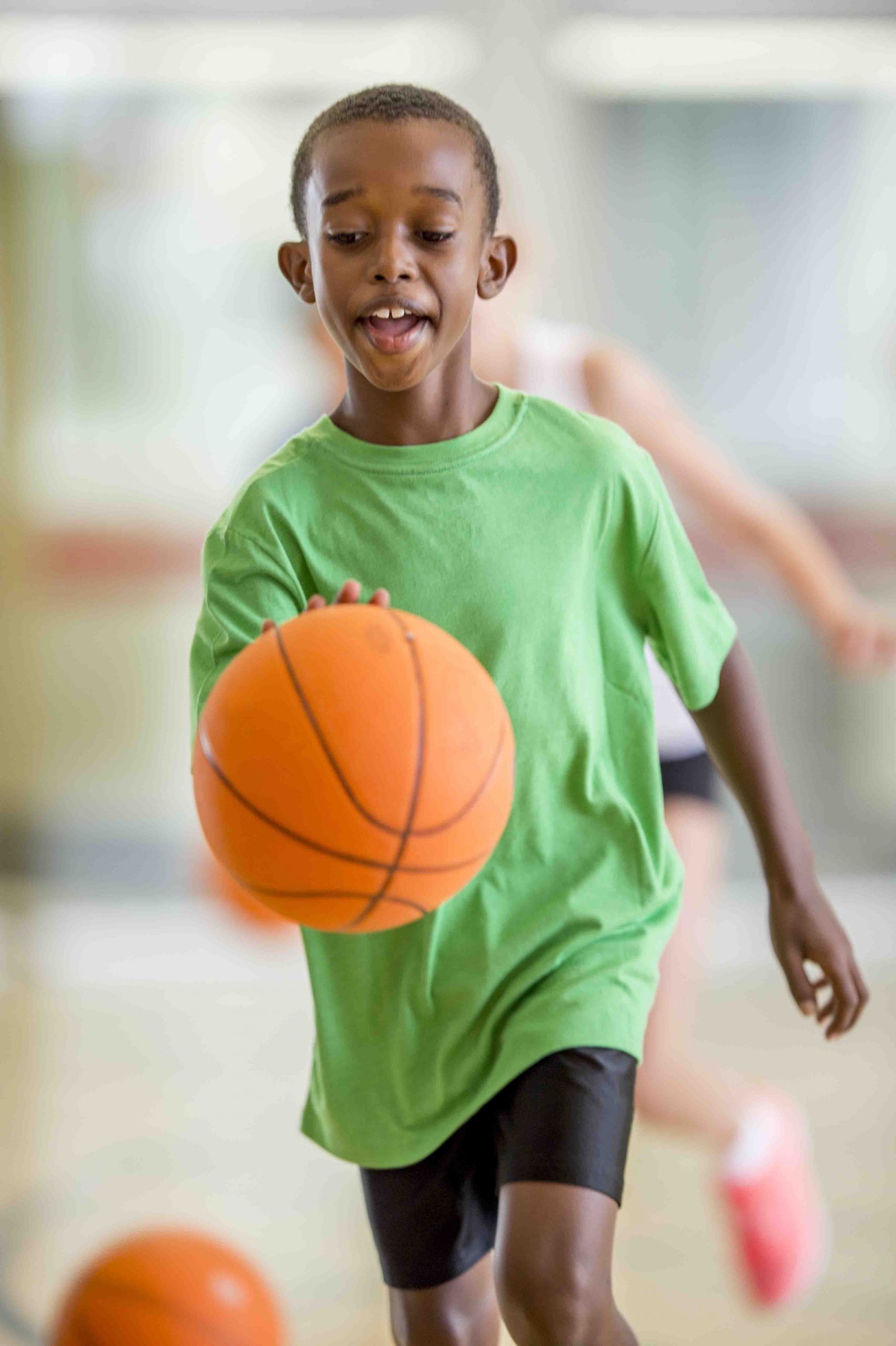Canada prepares for the next generation of basketball
 Canadian basketball is quickly joining soccer and hockey when it comes to large-scale participation nationally. Many of those behind the growth are doing it with a focus on holistic outcomes instead of elite performance. Rather than setting their sights on replicating the recent successes of the Toronto Raptors, coaches and youth activity leaders are being encouraged to focus on the day-to-day needs of the youngsters flooding into the sport. Ensuring that they’re having fun is the first priority.
Canadian basketball is quickly joining soccer and hockey when it comes to large-scale participation nationally. Many of those behind the growth are doing it with a focus on holistic outcomes instead of elite performance. Rather than setting their sights on replicating the recent successes of the Toronto Raptors, coaches and youth activity leaders are being encouraged to focus on the day-to-day needs of the youngsters flooding into the sport. Ensuring that they’re having fun is the first priority.
“This isn’t just a temporary love affair. This is a sport that has been growing for many, many years now and currently ranks first or second by participation,” Marco DiBuono of Canadian Tire Jumpstart told Sport for Life. He recently chaired an expert panel at the the 2020 Sport for Life Canadian Summit in Gatineau.
“When you look at regional breakdowns, there are kids and youth playing basketball all over the country, from the smallest communities to the largest urban centres.”
Di Buono credits basketball’s popularity to its accessibility, and to the successful implementation of Long-Term Development in Sport and Physical Activity over the years. Many programs exist in low-income communities with high needs, so inclusion has made a large impact. He’s been especially pleased to learn of the focus on academic and social benefits — exemplified by the work of Fabrice Vil and Pour 3 Points in Montreal, who works with underprivileged youth.
“The outcomes associated with our programs are not focused on developing the player but more helping them to achieve academically and pick up life skills that will make them a stronger person. Underserved participants are being helped by coaches and youth mentors that tell them to stay in school, and now those kids are graduating,” he said.
“It’s really about envisioning sport as a much bigger tool than just cultivating high level athletes. This is about helping kids leverage sport to become better people and achieve their full potential.”
Di Buono believes grassroots basketball’s investment in coaches is another key to success. More and more coaches and youth activity leaders are trained on how to deal with mental health issues and crises, and act as more of a mentor in the lives of their charges. He believes the best practices they’ve developed could be shared cross-sectorally with grassroots organizations all across the country.
For Sport for Life CEO Richard Way, it’s no surprise that basketball is surging in popularity thanks to the hard work of implementing Long-Term Development in Sport and Physical Activity. Watching Canada Basketball’s coaches pivot from their focus on elite performance to a more holistic approach has given him the opportunity to see his vision realized, and the potential for it to be replicated elsewhere.
“When we first introduced the idea of the rectangle approach to physical literacy, which takes into account a player’s entire life span, this is exactly what we were talking about. In the early 2000s when Sport for Life, led by Istvan Balyi, started working with Basketball Canada their focus was on preparing a national team, national championships and coaches’ certification,” he said.
“Through the process leaders in Canadian basketball shifted the organization to address; the development of the game, health of the nation, while maintaining, competing for the nation. By shifting strategies to focus on participant well-being and development rather than their short-term performance, we now have a sport in Canada that is absolutely thriving.”
And the best way to ensure things remain that way is to keep the focus on the individual participant, and their day-to-day experiences on the court according to DiBuono.
“We can encourage coaches and leaders to think ‘I’ve got this child for a finite amount of time, and I may not be able to see this child develop into a medal finalist at an international competition but I can certainly do my best to help them with their immediate challenges today.’ We want them asking ‘what can I do for this child today?’ and ‘can I send them home with a smile, and more confident?’ That’s going to change the outcome for every kid.”

